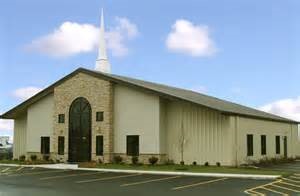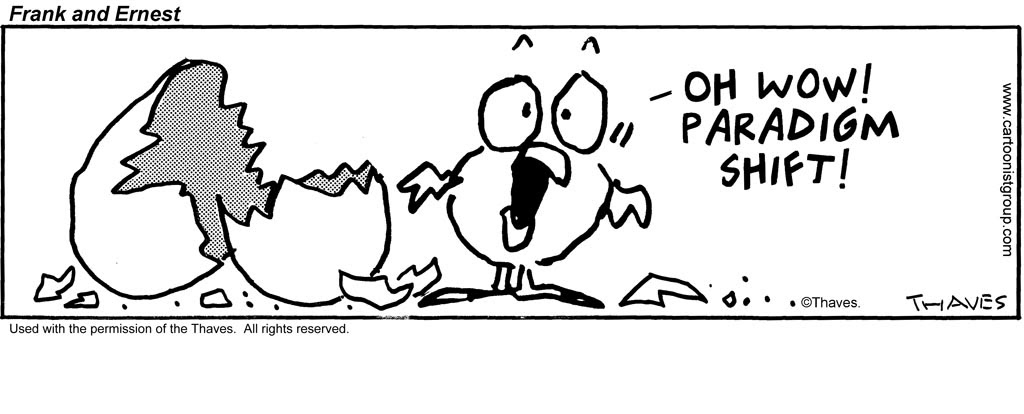Seventeen years into the 21st century, threatening cultural and political storms sweep the world. Are Christians prepared? Are we creating robust cultures? Are we living lives that will equip us to face these winds?
In fact we may be facing the “perfect storm,” three dangerous phenomena colliding at the same time; nothing could be more destructive.
One fierce gale is blowing from the East: Political Islam. This jihad in turn is confronting the full-blown storm front of secularization spreading through Europe, the United States, and much of the world that has bowed the knee to mammon. A third front, postmodernism, is influencing the younger generation often identified as millennials.
This perfect storm is bringing chaos and growing anarchy to the globe. Five-hundred years ago, the Reformation was birthed in Europe. This movement brought freedom, justice and human flourishing to the world. How ironic to mark that anniversary as we face a storm threatening the de-formation of Western Civilization via the onslaught against the Judeo-Christian worldview.
Are Christians prepared to survive this storm? Indeed, not merely survive, but remain standing? Are we even aware of the storm we are facing? If so, do we even care? Or are we simply allowing the winds of cultural destruction to blow through our lives and churches, as the November breezes blow away the dead leaves of autumn? Are we doing what is necessary not only to survive, but thrive? Are we working and praying, not simply for a new revival but for a new reformation of culture?
Are our pastors preaching in a way that builds up the church to stand in the midst of our generation’s storms? Are those leading our Sunday schools and youth groups merely entertaining the young souls charged to their care, or are they engaged in building up leaders, activists and servants for the kingdom of God? Does our art, music, architecture create a church environment that equips people to move the kingdom of God forward in the midst of the storm? Or does our preaching and practice leave Christians uninspired and without a vision worthy of our treasure and our lives?
In his latest book, Impossible People, Os Guinness writes of the need for our worship and places of worship to be beautiful and inspirational:
Historians say that the sacred music of the Christian church, such as that of Palestrina, Allegri and Tallis, is one of the greatest gifts of the gospel to Western civilization and on par with the splendor of the magnificent European cathedrals, such as Chartres and Lincoln. Yet this rich treasury is an unknown world to many Evangelicals, whose worship music often draws only from songs written after 2000 and does not even include the rich heritage of Celtic Ireland, St. Francis of Assisi, Isaac Watts, Charles Wesley and Fanny Crosby. Thank God for magnificent exceptions, such as the rich, deep hymns of Keith Getty and Stuart Townend, which will join the music of the ages. But much of the run-of-the-mill renewal songs which are repeated endlessly and constructed more on rhythm than melody, confine Evangelicals within a shadow theology, threadbare worship fleeting relevance and historical amnesia. Along with soft preaching and a general rage for innovation, such music is another reason why many Evangelical churches resemble a field of quick-growing, quick-disappearing mushrooms rather than a longstanding forest of oaks.
In another era of the history of the church the sacred music and sanctuaries called people to lift their eyes and hearts heavenwards in worship. These were gifts of the Western church to the world and one of the gospel’s great contributions to Western civilization and the building of a culture where beauty and excellence were appreciated.
Here is an example of the uplifting and beautiful music of Gregorio Allegri – “Miserere mei, Deus.”
Compare this with some of the mind-emptying contemporary worship so popular in many evangelical and charismatic churches today.
Superficial lyrics rather than sound theological reflections leave Christians with empty minds and sentimental hearts. As a result, the church is ill prepared for the storms we currently face.
Often the endlessly repeated choruses are more like Hindu mantras that empty the mind but do not feed or satisfy the soul. Rather than drawing our souls outwards toward others and upwards toward God, they move us inward, toward our base emotions. Rather than drawing us toward the truth and reality, they move us toward the subjective and the world of illusion. In Guinness’ words: “many of the run-of-the-mill renewal songs … confine Evangelicals within a shadow theology, threadbare worship fleeting relevance and historical amnesia.”
 How about our places of worship? Do they inspire worship or are they strictly utilitarian? Were they built with the values of low cost and efficiency or for beauty and aesthetics?
How about our places of worship? Do they inspire worship or are they strictly utilitarian? Were they built with the values of low cost and efficiency or for beauty and aesthetics?
Today many churches choose utility over beauty, low cost over inspiration. Historically our churches have been places of architectural significance in the community as well as inspirational beauty. They were adorned with stained glass windows, icons, and beautifully crafted woodwork. Today these are mostly discarded. We are captivated by the new rather than enchanted with the old, aligned more with the trite than the true and profoundly beautiful, the popular rather than the timeless.
Not every congregation has access to splendid architecture. But even the simplest sanctuary can be furnished, adorned, and maintained with a care and appreciation for beauty.
This rich history of art, architecture, music and biblical preaching is lost on so much of the Evangelical and charismatic movements today. Imagine the impact a culture of truth, beauty and goodness would have on our worship, preaching and church architecture today? Such churches could withstand the perfect storm, could serve as a lighthouse of hope to those buffeted by the winds now upon us.
- Darrow Miller










2 Comments
Dwight Vogt
September 18, 2017 - 10:24 amThank you for the insight and reminder Darrow. There is an interesting article published recently indicating young people in Britain are influenced as much by beauty as any other factor in attending a church and converting to Christianity. https://aleteia.org/2017/06/20/new-study-beautiful-churches-and-cathedrals-an-important-force-in-bringing-conversions/
The article also highlights this quote from the Pontifical Council for Culture stated in its document “The Via Pulchritudinis:”
“The way of beauty replies to the intimate desire for happiness that resides in the heart of every person. Opening infinite horizons, it prompts the human person to push outside of himself, from the routine of the ephemeral passing instant, to the Transcendent and Mystery, and seek, as the final goal of the ultimate quest for wellbeing and total nostalgia, this original beauty which is God Himself, creator of all created beauty.”
admin
September 19, 2017 - 6:50 amDwight, thanks for reading and for sending your thoughts.